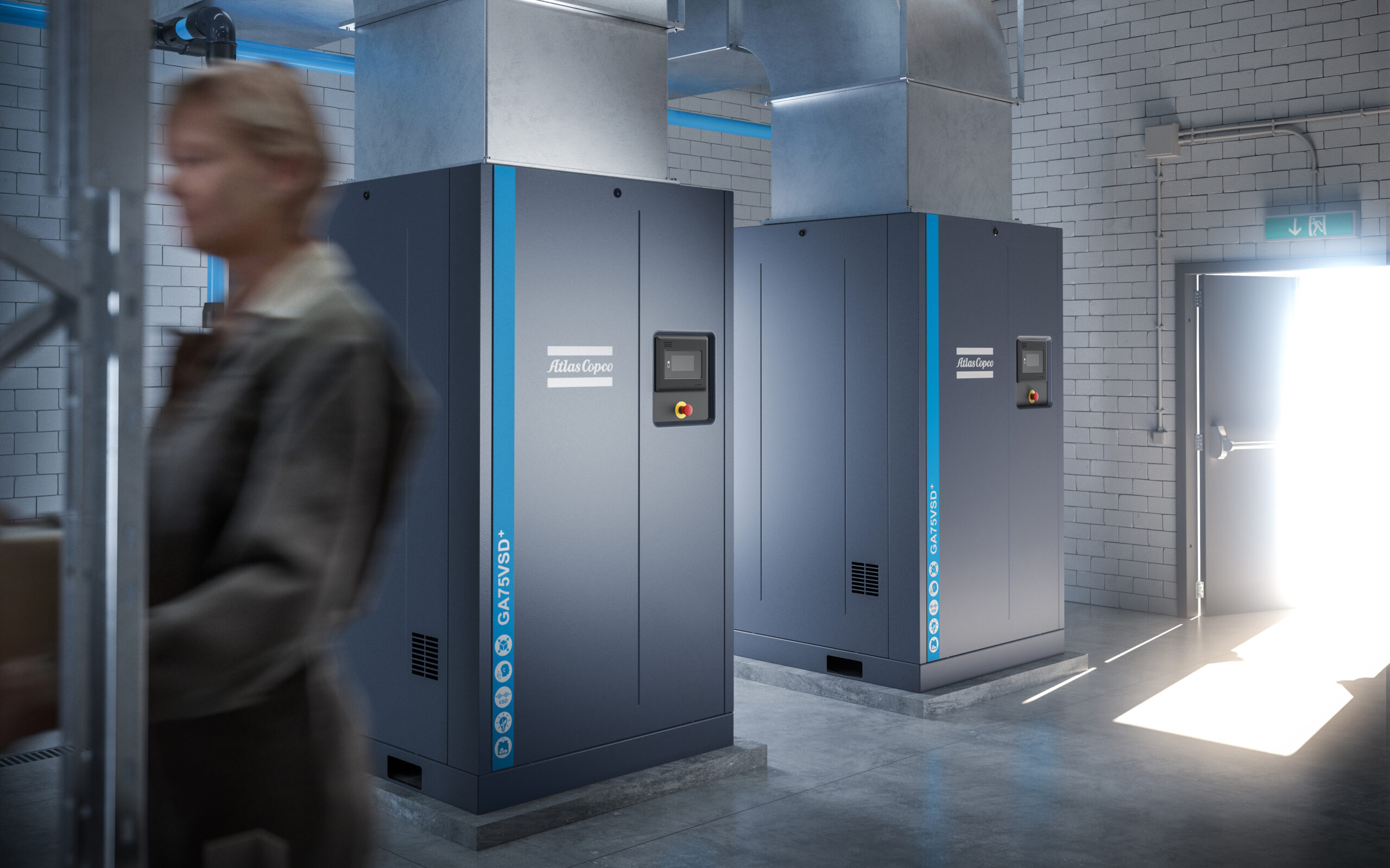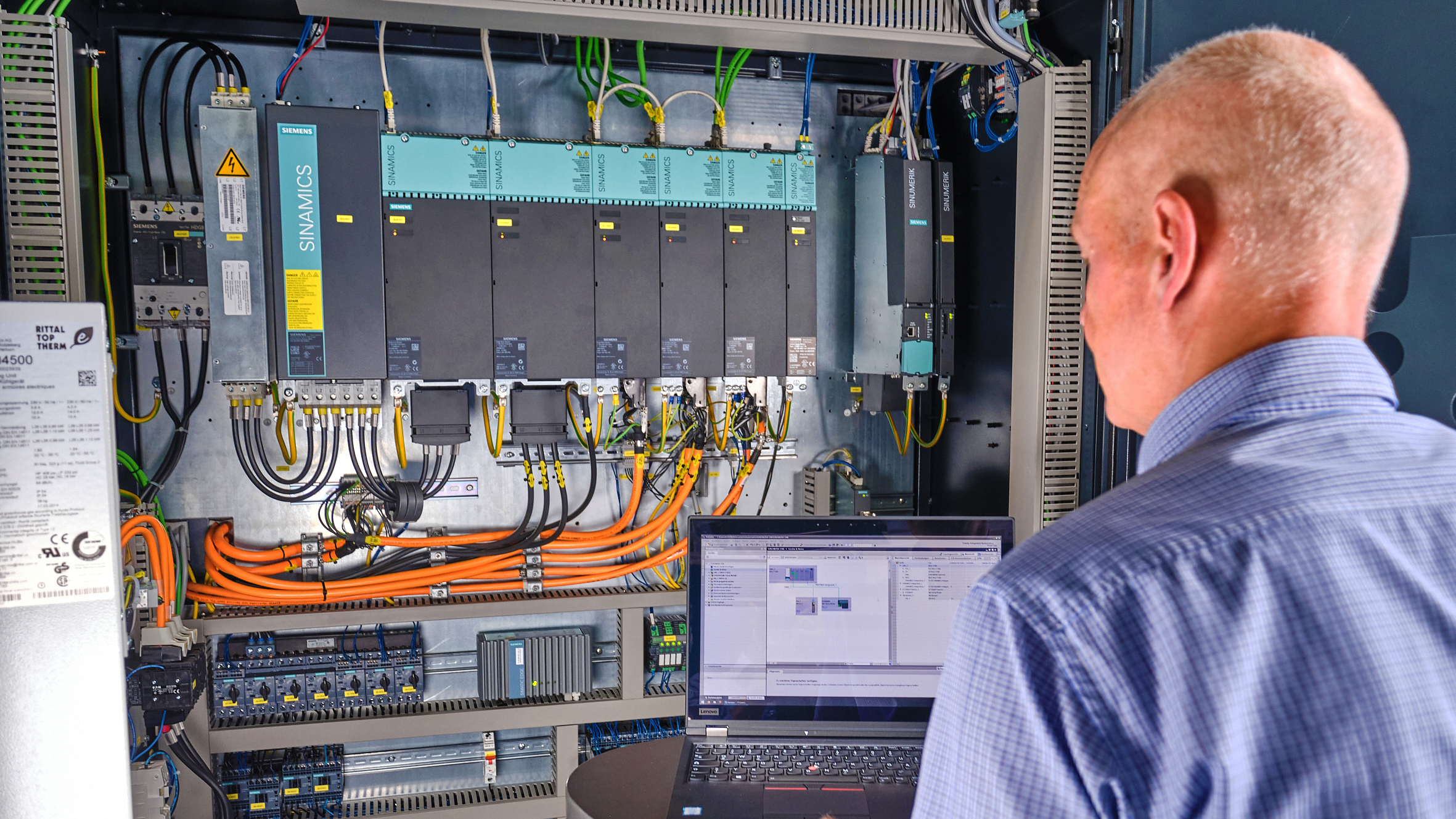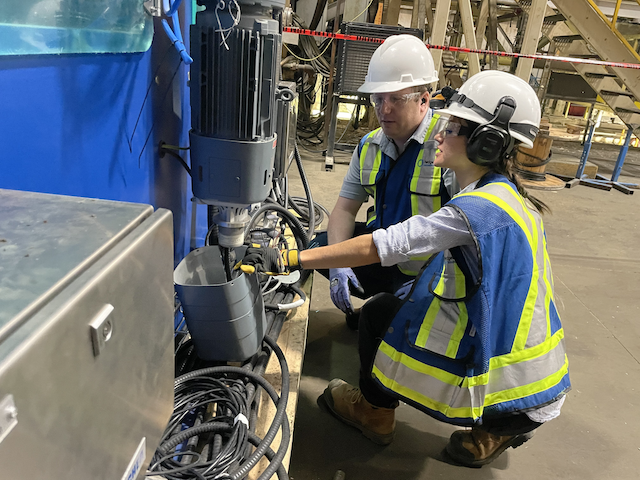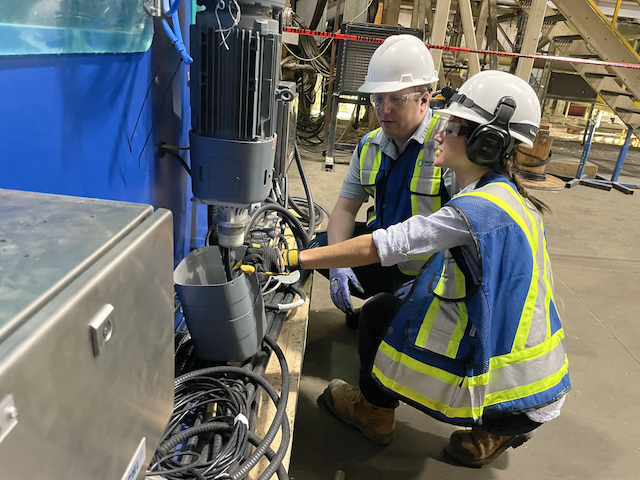The federal government estimates that manufacturing uses about one third of the energy consumed in the U.S.; so, manufacturing companies can play an important role in building a sustainable future. The good news is that engineers – especially design and manufacturing engineers – are already stepping up to the plate.
The federal government estimates that manufacturing uses about one third of the energy consumed in the U.S.; so, manufacturing companies can play an important role in building a sustainable future. The good news is that engineers — especially design and manufacturing engineers — are already stepping up to the plate. Engineers design products that conserve energy, reduce waste and eliminate pollution — in a sustainable way.
But there’s more to do. The present climate of economic and environmental concerns challenges engineers to optimize manufacturing processes to make them more sustainable.
Here are six key steps in making manufacturing more sustainable.
1. Optimize use of fossil fuels
Cutting energy cost is a win-win situation in today’s environment. Save by turning machinery off when it is not being used. Replace a single speed motor with a variable speed or servo drive to reduce energy consumption. Use a variable speed hydraulic pump. Investigate other alternative sustainable energy sources: wind, solar or hydroelectric.
2. Eliminate waste
Only consume what you need for the final product. In the past, our primary objective was to reduce cost or time to market. Nobody knew or cared whether we were using more than we needed. This applies to every industry, whether it’s the amount of metal, paper, packaging material or whatever material is used. Re-evaluate if investing in precision manufacturing equipment can be justified by waste reduction.
3. Reduce, eliminate pollution
One of the current hot topics is how to reduce environmentally unfriendly substances used in products, and byproducts in manufacturing processes. You hear things such as renewed interest in dry — or near-dry — machining, using as little coolant as possible while you’re doing metal removal; or de-burring, taking the burrs off of finished material after you’ve cut it.
4. Recycle
Look at the amount of metal chips produced in metal removal processes. People used to fill huge hoppers and haul them to a recycling facility. Now they’re looking at the cost of energy involved. One solution is “chip puckers,” — devices that compress chips, remove the coolant and turn them into “hockey pucks.” They are easier to transport and use a lot less energy. Another option is an in-house chip management facility that melts chips and processes them into small billets that can be transported to foundries for reuse.
5. Recover energy
Hybrid cars recover energy otherwise wasted during braking; did you know machines can do it too? Power sharing has its roots in machine tools, where the servos used in metal cutting and seam machines share power through a single power supply. Power produced during deceleration can be returned to the main lines.
Another way to recover energy is to coordinate the cycles of several metal presses. Instead of having all the presses go up and down together and then move the material, skew the cycles slightly to use the decelerated, regenerative power in one to help accelerate the other one. That has no effect on the process time, no effect on the cycle time and it doesn’t cost more. But it saves energy.
6. Save time
Saving time indirectly saves energy. If you can run a cycle faster without using more energy to do it, you can shut it down and save power. Or if it’s a large-scale high-production facility, you can reduce the number of machines you need to produce the same quantity of material.
The challenge of the future
Unfortunately, when most people hear about sustainability, they think of big ticket items such as solar panels or wind farms. But, though they may not have the glamour or get all the attention, it’s the “workhorse” devices such as servo drives, hydraulic pumps and bearing assemblies that will create the sustainable manufacturing of the future. I think we prove that to ourselves and to our customers on a daily basis.
| Author Information |
| Scott Hibbard is vice president of technology at Bosch Rexroth Corp. |



